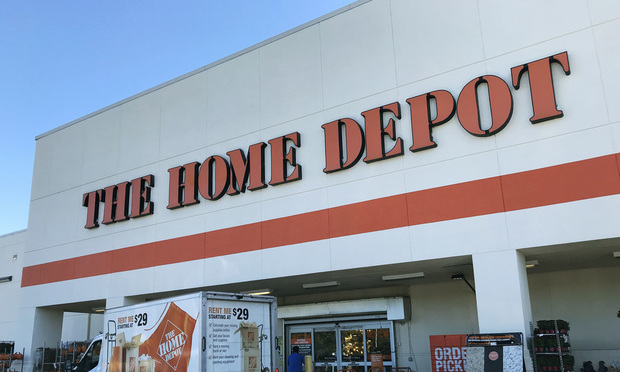RMS announces the release of its North American hurricane model suite, version 13.0, which has the ability to quantify the risk from catastrophic hurricane-driven storm surge, and includes new insights into future hurricane activity levels.
“Hurricane Sandy revealed just how real storm surge risk is,” says Dr. Claire Souch, vice president, model solutions at RMS. “Our model shows there is a 20 percent chance that storm surge loss will be greater than wind loss for any U.S hurricane that makes landfall, which rises to almost 40 percent along the northeast coast of the United States. This is a risk the market can no longer afford to ignore.”
Version 13.0 builds on RMS' storm surge methodology, which was initially launched in 2011. The model simulates the interaction between wind and surge throughout the entire lifecycle of each hurricane using a state-of-the-art hydrodynamic model.
The model release includes new data that enables insurers to distinguish between the potential losses from residential and commercial lines of business. Both lines have different levels of market exposure—commercial and industrial lines typically drive the bulk of the total insurance loss from storm surge—and cannot be treated with the same assumptions.
“Most insurance policies for commercial and industrial lines provide some level of coverage for flood loss, so having an accurate view of storm surge risk is critical to capital management and risk transfer decision-making, through to the structure and placement of cat bonds,” says Souch.
In contrast, the insured loss potential for homeowners and small business owners is lower than the larger commercial and industrial lines—although some market risk does exist from excess- NFIP flood insurance policies.
“Since the 2004-2005 hurricane seasons, insurers' claims handling processes have strengthened, policy language is clearer, and more U.S. homeowners have purchased flood insurance through the federal government,” says Souch. “All of this mitigates the potential for so called coverage leakage of surge loss into residential wind-only policies.”
RMS has also issued a new medium-term rate forecast, which incorporates scientific findings into the impact that sea surface temperatures have on U.S. landfall. The research, conducted by RMS scientists, shows increased hurricane activity in the Atlantic Basin is not always converted to a proportional increase in hurricanes making U.S. landfall. The new findings are currently under peer review.
“Our medium-term rates forecast provides a five-year probabilistic forecast that is unique both within the insurance industry and the academic community. Our forecast gives insurance companies an additional view of the risk that may be more appropriate to future climate conditions, as opposed to using averages of historical activity,” said Souch.
Version 13.0 also incorporates the most current data from the Federal Emergency Management Agency's (FEMA) 2012 flood insurance rating maps, as well as updated information on in-force National Flood Insurance Program policies. Accurate building elevations data is a key determinant to the accuracy of storm surge loss estimates.
The North Atlantic hurricane model suite is being released in RMS' RiskLink 13.0 and RiskBrowser 13.0 risk modeling platforms, and will also be available on RMS(one) at launch in 2014.
Want to continue reading?
Become a Free PropertyCasualty360 Digital Reader
Your access to unlimited PropertyCasualty360 content isn’t changing.
Once you are an ALM digital member, you’ll receive:
- Breaking insurance news and analysis, on-site and via our newsletters and custom alerts
- Weekly Insurance Speak podcast featuring exclusive interviews with industry leaders
- Educational webcasts, white papers, and ebooks from industry thought leaders
- Critical converage of the employee benefits and financial advisory markets on our other ALM sites, BenefitsPRO and ThinkAdvisor
Already have an account? Sign In Now
© 2025 ALM Global, LLC, All Rights Reserved. Request academic re-use from www.copyright.com. All other uses, submit a request to [email protected]. For more information visit Asset & Logo Licensing.








